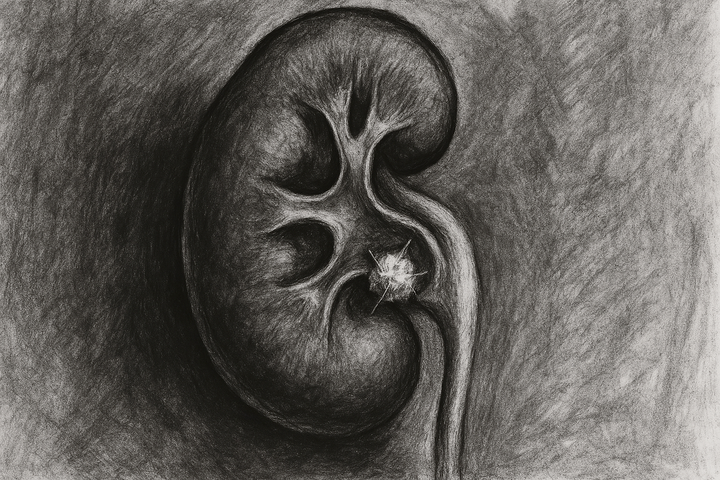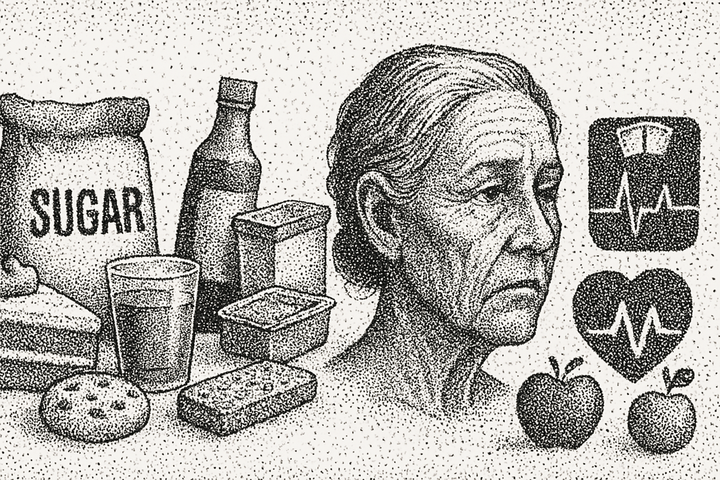Are You Getting Enough Calcium? The American Diet Dilemma

What is Calcium?
Calcium, a chemical element with the symbol Ca and atomic number 20, is classified as an alkaline earth metal and is the fifth most abundant element in Earth's crust, following iron and aluminum. It constitutes 3.64% of Earth's crust and is found in various forms, such as calcium carbonate in limestone and calcium hydroxyl phosphate in bones and teeth. Its name derives from Latin "calx," meaning lime, reflecting its historical association with limestone processing. Pure calcium was first isolated in 1808 by Humphry Davy through electrolysis, marking a significant milestone in chemical science.
Physiological Roles and Functions
The human body contains more calcium than any other mineral, with approximately 99% stored in bones and teeth to provide structural integrity and strength. This storage is crucial for bone growth and maintenance, particularly during childhood and adolescence, to prevent conditions like osteoporosis later in life. Beyond skeletal health, calcium is integral to muscle function, facilitating contraction and relaxation, which is vital for heart muscle activity and overall mobility. It also plays a critical role in nerve transmission, enabling the communication of signals between the brain and other body parts, and is essential for blood clotting to stop bleeding during injuries. Additionally, calcium is involved in hormone release, influencing processes like enzyme activation and metabolic regulation.
Health Benefits and Clinical Implications
The benefits of adequate calcium intake are multifaceted. It is well-established that sufficient calcium helps prevent osteoporosis, a condition characterized by weakened bones and increased fracture risk, particularly in postmenopausal women and older adults. In children, adequate intake can reduce the risk of rickets, a disease causing soft, weak bones due to vitamin D and calcium deficiency, while in adults, it helps prevent osteomalacia, a similar condition. Calcium also supports dental health by maintaining strong teeth, reducing the likelihood of decay and loss.
Research suggests additional benefits, such as potential blood pressure regulation, with some studies indicating that higher calcium intake may lower blood pressure, though the evidence is not conclusive and varies by population. An unexpected finding is the differential impact on kidney stones: while calcium from food sources, such as dairy, has been shown to decrease the risk of calcium-oxalate stones, calcium supplements may increase this risk, as evidenced by large trials like the Women’s Health Initiative and Nurses’ Health Study. This distinction underscores the importance of dietary sources over supplementation for certain health outcomes.
Prevalence of Inadequate Intake in the United States
Despite its importance, many Americans do not meet the recommended daily calcium intake, as highlighted by data from the National Health and Nutrition Examination Survey (NHANES) conducted between 2007 and 2014. Specifically, 49% of children aged 4–18 years and 39% of all individuals aged 4 and older consume less than the Estimated Average Requirement (EAR) for calcium from both foods and supplements. This inadequacy is more pronounced among certain demographic groups, with 47%–48% of non-Hispanic Blacks and Asians falling short, compared to 30% of Hispanics and 24% of non-Hispanic Whites. Additionally, adults aged 50 and older in households earning less than $20,000 per year have a 11.6% higher risk of inadequate intake (less than 800 to 1,100 mg daily) compared to other income brackets, suggesting socioeconomic factors play a role. Possible reasons include limited access to calcium-rich foods, dietary preferences, and cultural eating habits, though specific causal factors require further research.
The recommended daily intake varies by age and gender, as outlined below, based on the U.S. Food and Drug Administration’s Daily Values (DV) and dietary guidelines:
Source: Calcium - Health Professional Fact Sheet.
Dietary Sources and Quantitative Analysis
To address inadequate intake, incorporating calcium-rich foods into the diet is essential. Below is a detailed table of food sources, categorized by type, with their calcium content and calorie information, based on standard and smaller portions, ensuring a comprehensive view for dietary planning:
Calcium Content for Standard Portions (at least 130 mg calcium)
Calcium Content for Smaller Portions (generally half of standard, not all ≥130 mg)
These tables, sourced from Dietary Guidelines for Americans - Food Sources of Calcium, provide a comprehensive guide for incorporating calcium into daily meals, noting that all listed foods are assumed to be in nutrient-dense forms, such as low-fat or prepared with minimal added sugars, saturated fat, or sodium.
Conclusion and Recommendations
Given the prevalence of inadequate calcium intake, particularly among vulnerable populations, public health efforts should focus on education and access to calcium-rich foods. Dietary strategies should emphasize dairy products, fortified alternatives for those with lactose intolerance, and vegetables like kale and collard greens. While supplements may be considered, the evidence leans toward preferring food sources due to potential risks associated with high-dose supplementation, such as increased kidney stone risk. Consulting healthcare providers for personalized advice is recommended, especially for those at higher risk of deficiency.
This analysis, conducted as of March 20, 2025, underscores the critical role of calcium in health and the need for targeted interventions to address dietary gaps in the U.S. population.




Comments ()